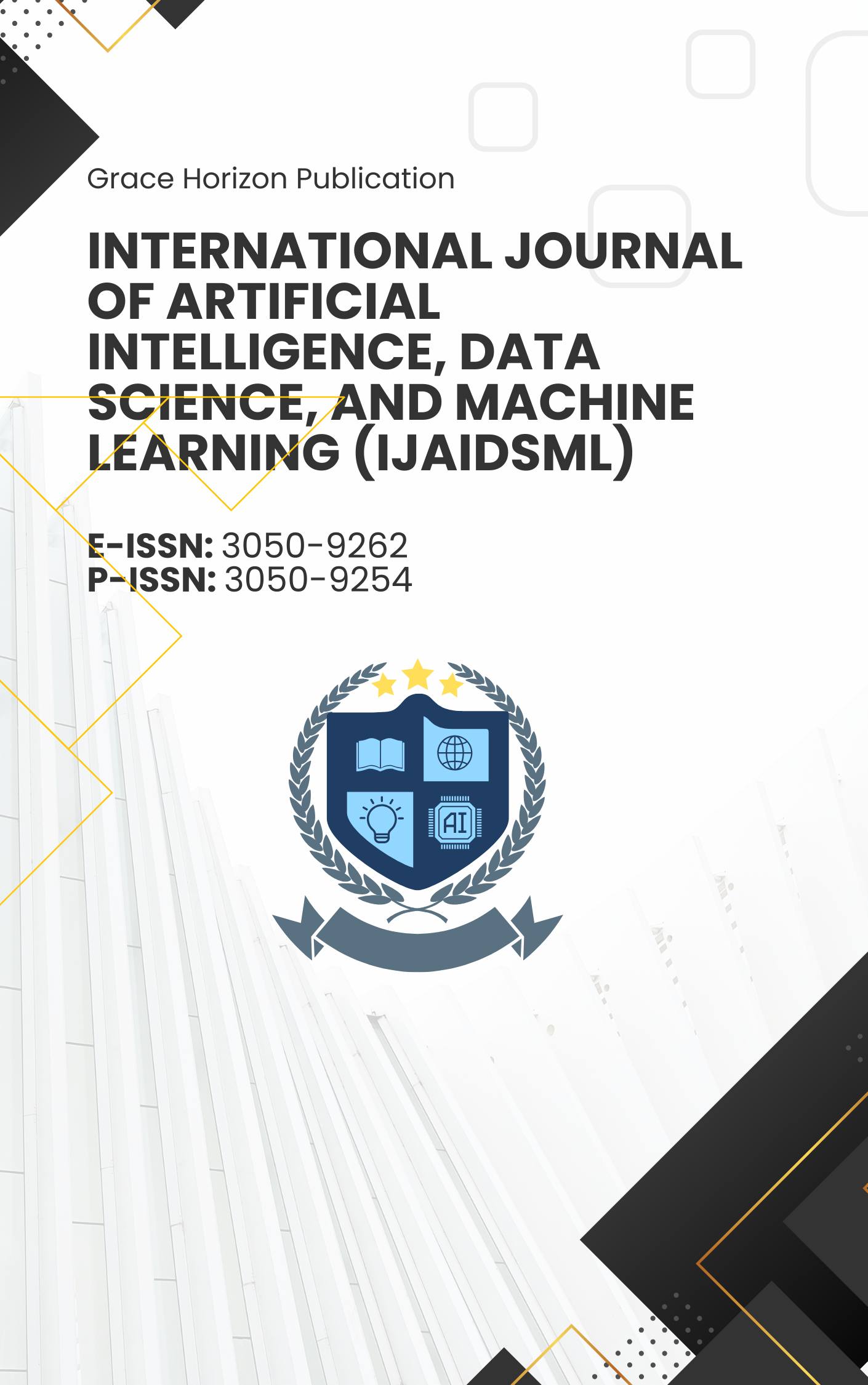How AWS AI Agents with Strands Can Help Manage Contact Center Operations
DOI:
https://doi.org/10.63282/3050-9262.IJAIDSML-V6I3P115Keywords:
AWS AI Agents, Strands, Amazon Connect, Generative AI, Natural Language Processing, Configuration AutomationAbstract
Contact centers serve as critical hubs for customer engagement, often relying on complex infrastructures that demand significant administrative oversight. Traditional management of these centers requires in-depth technical knowledge, prolonged setup durations, and is prone to human error. The emergence of generative AI and intelligent agents introduces a paradigm shift in how these operations can be managed. This paper explores the integration of AWS AI Agents, particularly Strands, with Amazon Connect to automate and optimize the setup, configuration, and ongoing maintenance of contact center operations. Through natural language interfaces, these agents provide intelligent assistance in real-time, reducing operational complexity and overhead. This research elaborates on the potential of AI-driven solutions to handle tasks such as routing configuration, flow management, and troubleshooting. We present practical implementations, methodological approaches, use-case studies, and outcome analyses that show a significant improvement in operational efficiency and customer satisfaction. This study also examines best practices for deployment, governance, and the security aspects of integrating AI agents. Our findings suggest that AWS AI Agents, combined with Strands, offer a transformative solution to contact center management, enabling businesses to focus more on customer experience rather than infrastructure management
References
[1] Rajpurkar, P., Jia, R., & Liang, P. (2018). Know what you don't know: Unanswerable questions for SQuAD. arXiv preprint arXiv:1806.03822.
[2] Li, H. (2018). Deep learning for natural language processing: advantages and challenges. National Science Review, 5(1), 24-26.
[3] Engström, V., Johnson, P., Lagerström, R., Ringdahl, E., & Wällstedt, M. (2023). Automated security assessments of Amazon Web Services environments. ACM Transactions on Privacy and Security, 26(2), 1-31.
[4] Elger, P., & Shanaghy, E. (2020). AI as a Service: Serverless machine learning with AWS. Manning.
[5] Tripuraneni, S., & Song, C. (2019). Hands-On Artificial Intelligence on Amazon Web Services: Decrease the time to market for AI and ML applications with the power of AWS. Packt Publishing Ltd.
[6] Doellgast, V., O’Bradey, S., & Kim, J. (2023). AI in contact centers. USA: Cornell University, ILR School.
[7] Gilbert, M., Wilpon, J. G., Stern, B., & Di Fabbrizio, G. (2005). Intelligent virtual agents for contact center automation. IEEE Signal Processing Magazine, 22(5), 32-41.
[8] Min, H. (2010). Artificial intelligence in supply chain management: theory and applications. International Journal of Logistics: Research and Applications, 13(1), 13-39.
[9] Russell, B. (2008). Call centres: A decade of research. International journal of management reviews, 10(3), 195-219.
[10] Titov, K. (2024). Introduction to Artificial Intelligence: Understanding the Basics: A Comprehensive Guide to Artificial Intelligence. Konstantin Titov.
[11] Armstrong, J. (2021). Amazon Connect: Up and Running: Improve your customer experience by building logical and cost-effective solutions for critical call center systems. Packt Publishing Ltd.
[12] Borra, P. (2024). Advancing Artificial Intelligence with AWS Machine Learning: A Comprehensive Overview. International Journal of Advanced Research in Science, Communication and Technology (IJARSCT) Volume, 4.
[13] Introducing Strands Agents, an Open Source AI Agents SDK, online. https://aws.amazon.com/blogs/opensource/introducing-strands-agents-an-open-source-ai-agents-sdk/
[14] Introducing Strands Agents 1.0: Production-Ready Multi-Agent Orchestration Made Simple, online. https://aws.amazon.com/blogs/opensource/introducing-strands-agents-1-0-production-ready-multi-agent-orchestration-made-simple/
[15] Build Your First Agent Workflow with Strands, online. https://www.youtube.com/watch?v=oGzEKQVhKQU
[16] Juve, G., & Deelman, E. (2011, November). Automating application deployment in infrastructure clouds. In 2011, the IEEE Third International Conference on Cloud Computing Technology and Science (pp. 658-665). IEEE.
[17] Build production-ready, multi-agent AI systems in a few lines of code, online. https://strandsagents.com/latest/
[18] Hariyadharshini, M., Selina, A., Subasurya, R., & Dinesh, L. (2017). Conversational Interface Using Amazon Lex. International Journal of Advanced Engineering and Recent Technology, 18(1), 13-18.
[19] Mughele, E. S., Ogala, J. O., & Okpako, E. A. (2024). Utilizing Amazon Web Services Tools for Efficient Multilingual Omnichannel Contact centers. Faculty of Natural and Applied Sciences Journal of Computing and Applications, 2(1), 51-57.
[20] Wurster, M., Breitenbücher, U., Falkenthal, M., Krieger, C., Leymann, F., Saatkamp, K., & Soldani, J. (2020). The Essential Deployment Metamodel: A Systematic Review of Deployment Automation Technologies. SICS Software-Intensive Cyber-Physical Systems, 35(1), 63-75.
[21] Sarkar, A., & Shah, A. (2018). Learning AWS: Design, build, and deploy responsive applications using AWS Cloud components. Packt Publishing Ltd.
[22] Patterson, S. (2019). Learn AWS Serverless Computing: A Beginner's Guide to Using AWS Lambda, Amazon API Gateway, and Services from Amazon Web Services. Packt Publishing Ltd.
[23] Arifin, M. A., Satra, R., Syafie, L., & Nidhom, A. M. (2023). Optimizing AWS Lambda code execution time in Amazon Web Services. Bulletin of Social Informatics Theory and Application, 7(1), 14-23.
[24] Nilles, J. (2003). Telecommunications and organizational decentralization. IEEE Transactions on Communications, 23(10), 1142-1147.
[25] Bayazitov, D., Kozhakhmet, K., Omirali, A., & Zhumaliyeva, R. (2024). Leveraging Amazon Web Services for cloud storage and AI algorithm integration: A comprehensive analysis. Applied Mathematics, 18(6), 1235-1246.
[26] Liu, B. (2022). Artificial intelligence and machine learning capabilities and Application Programming Interfaces at Amazon, Google, and Microsoft (Doctoral dissertation, Massachusetts Institute of Technology).
















